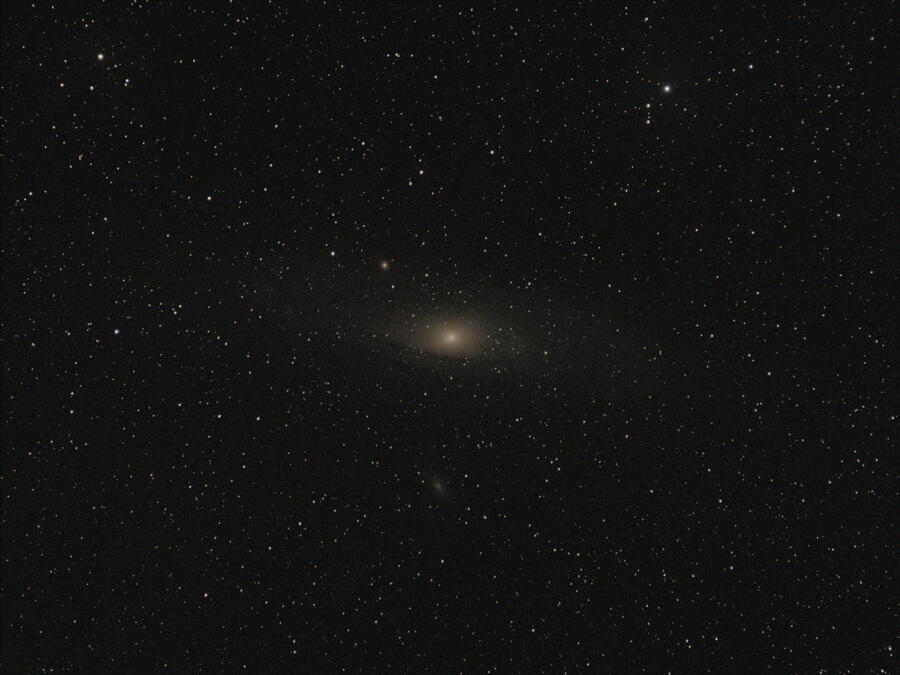
Cosmology Theory 2023
Papers published in February 2023 make the case for black holes potentially being the source of dark energy, where "dark energy" is the mysterious "force" responsible for the observed rapid expansion of the Universe. I will note right off the bat here that as of March 2023, Sean Carroll (and as he pointed out, the silence of other prominent physicists on this idea indicates they may share the same opinion) does not think this theory has a good chance of "being on the right track." With that being said, it's still fun to think about.
But if indeed black holes are the (only) source of dark energy, then, in the distant future, once all black holes evaporate, there may not be any influence of dark energy remaining in the Universe. At that point, the Universe may collapse.
Taking that possibility, and combining it with some other theories, chief among them being Roger Penrose's Conformal cyclic cosmology theory, creates a sensible overall theory for a cyclic Universe.
The Life Cycle of the Universe
Note that I am not qualified to write seriously about this subject. This post is purely lay speculation, written for fun.
I have written this post mostly to have a dated record of my thoughts on this. Maybe I'll do some reading and have some large revisions to make to this theory. Or perhaps in a few decades science will have much stronger theories to replace/refute some of these points.
Click to expand the individual steps below for a bit more information. I have italicized where these steps, that I'm aware of, involve well-known theories.
1. All the energy in the Universe was collapsed in a singularity.
- This includes spacetime itself.
- There was no matter at this point.
2. An explosion this energy occurs, creating all the matter in the Universe (the Big Bang).
This explosion happens for a few reasons:
- Pure "nothingness" cannot exist once we already have "something" (energy).
- This "near nothingness," the concentration of energy in a singularity, is unstable.
3. Some of this matter immediately collapses into huge black holes (direct collapse black holes).
- The black holes were formed of vast amounts of the hydrogen and helium that initially filled the early Universe.
- This "direct collapse" theory has a chance to be proven by detection of jets emitted by these black holes that would be radio-shifted detectable by large radio telescopes.
- The Universe at this point was not symmetrical (as seen in the cosmic microwave background radiation), so not all of the matter was consumed by one giant black hole before the next step occurs.
- If, in any iteration of this cycle, the Big Bang is symmetrical all the mass could be consumed in one giant black hole and we'd skip ahead to step 7.
4. When the matter disappears into these first black holes, they forcefully (dark energy) generate vast amounts of space (cosmic inflation).
- Space is generated according to conservation of energy when the matter disappears into the black holes — this is dark energy.
5. This space pushes apart the remaining matter, which collapse into more black holes, galaxies, the first stars, etc.
- Individual "clumps" of matter are almost immediately too far apart to be affect one another (pocket universes) but these clumps form the very large early black holes, galaxies, and stars.
6. The universe expands exponentially as galaxies are formed, galaxies merge, and more and more black holes slowly continue to expand (present day).
- As more matter is consumed by black holes, the total amount of "dark energy" in the Universe increases exponentially, generating space at a faster and faster rate.
7. Eventually, all mass will collapse into black holes (heat death of the Universe).
- Neutrinos, "cosmic rays," electrons, and other free-roaming particles with nonzero mass will eventually decay out of existence (proton decay).
8. Black holes eventually evaporate (radiate out everything as photons) and disappear.
- Hawking radiation
9. Once the last matter and black holes disappear, dark energy disappears. The Universe consists of only empty space and photons.
- Since dark energy is supplied by black holes, the last of the dark energy disappears when the last black holes evaporate.
10. Space is not stable without the black holes' dark energy, and the space in the Universe immediately collapses.
- This aligns with or underpins Penrose's Conformal cyclic cosmology theory, wherein photons don't experience time or space — an infinitely large universe containing only photons is equivalent to an infinitely small universe containing only photons.
- Penrose says maybe the Universe "forgets" how large it is at that point, but instead here we can say that without a source of dark energy, the Universe has nothing "holding it open."
- An analogy is the death of a star, where once its fusion reaction halts there's no longer any force in opposition to gravity. Thus the star collapses in upon itself.
11. The cycle repeats! Go back to step 1.



